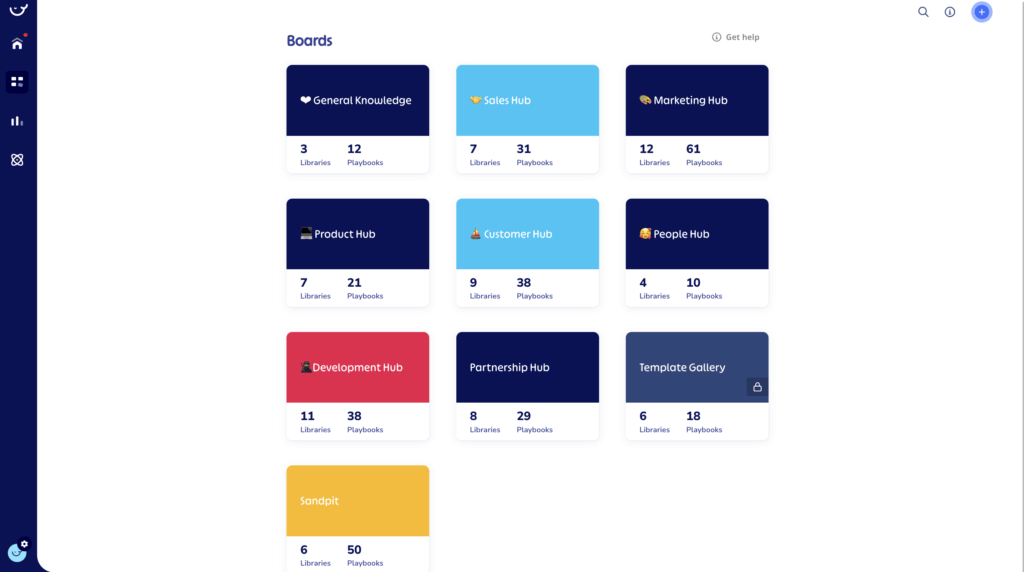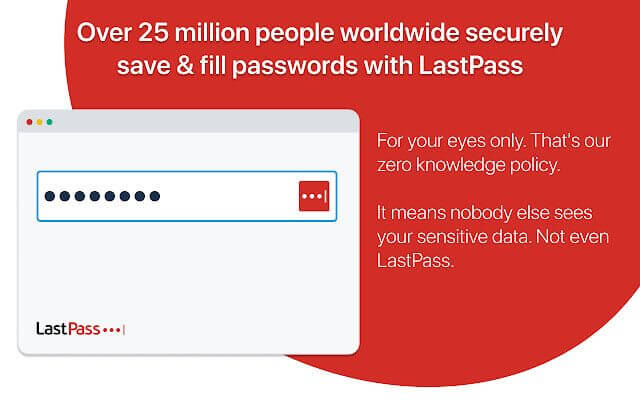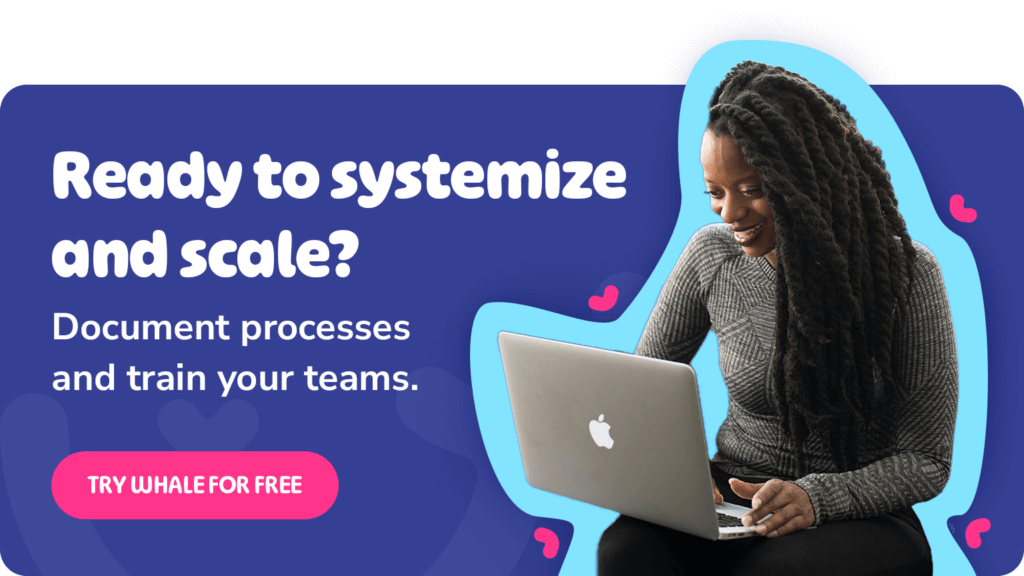It’s strange to be writing a blog on going paperless in 2024.
From AI-driven tools like ChatGPT to cloud-based document storage, many of us are already transitioning to digital workflows without realizing it. Yet, if you’re sitting in an office still swimming in paperwork, now is the perfect time to make the shift.
This guide will show you how to go paperless step by step, highlighting the benefits of going paperless at work and the tools that make it seamless.
Why Go Paperless? The Benefits for Your Business
Research shows that paperless offices have way smaller carbon footprints than traditional paper-filled ones. By ditching paper, companies waste fewer natural resources and generate fewer emissions. A win-win for business ops and the environment.
But let’s focus on the business wins for now. These include;
1. Fewer Errors, More Consistency without paper
aper workflows also create major clutter and are prone to mistakes. Plus, only one person can access a paper file at once, which is a total drag for team collaboration. Digital documents enable real-time sharing and editing by multiple people.
2. Less time wasted
When it comes to business, time is money and efficiency matters big time. Paper-driven offices don’t just waste space but they force you to replicate tasks. Not exactly value-added activities. You’ll reduce new employee ramp-up time and employee training time with a paperless workspace.
3. Scalability and Flexibility
What if you want to hire remote team members? Or would like to open a new office in another country? A paperless environment offers businesses the opportunity to expand their operations without the ‘heavy lifting’ that used to be involved. Now it’s simply a matter of utilizing the right technology.
4. Asset protection
With digital tools, you can dial up security for sensitive customer info, financial records, intellectual property, and other crucial files. For industries like law and financial services, this is key. Read More about Asset Protection Planning.
5. Enhanced Collaboration
Cloud access means you can flexibly work without delays in productivity. Version control on documentation means the right people can access the right documents at the right time. Plus, with cloud backups, your files are safe and you don’t have to worry about files vanishing.
6. Improved data protection
Digital documentation safeguards sensitive files like customer data, financial records, and contracts. With encrypted cloud storage and password-protected access, your assets are better protected from breaches or loss.
7. Instant Access to Crucial Documents
With cloud storage, your crucial documents are at your fingertips, 24/7. Using a search facility like that of Whale’s Chrome extension will surface documentation when and where you need it. No more hunting through cabinets.
There are a host of benefits to going digital and documenting your processes, including even gaining a competitive advantage over your competitors.
How to Go Paperless?
So you’ve decided to take the step to go paperless. But how? Simply follow these easy steps;
1. Change your mindset 🤯
The most essential element to get right in shifting to a paperless environment is mindset. Anything, and we do mean ANY thing you do physically with a pen and paper, can be done virtually. It’s just a matter of shifting your thinking and being open to new ways of working.
We don’t treat Netflix the way we handled Blockbuster rentals, and yet they’re the same thing.
Think you can’t change? Consider if you’d prefer your business be remembered as Blockbuster or Netflix.
If Amazon changed the book industry with Kindle and you can change too. It’s a matter of being open to it.
2. Map your processes 🗺️
Start small. Pick your top 10 company processes and go from there. Map out how they work and then document them. You probably already use technology such as Microsoft or Google Docs to document details.
If you don’t, don’t panic. Documenting your processes can be easy!
With tools like Whale’s templates and tools like AI Assist, you don’t even have to concern yourself with writing down a million details.
Remember, less is more. The simpler your processes, the more your team members will read them.
3. Create a centralized document repository ⚙️
You ALREADY store documentation. Maybe you have it all in a filing cabinet? Or on your computer or on Google Drive.
So now it’s just a matter of storing it centrally in a company wiki or central document repository so that your teams don’t waste time trying to find it.
McKinsey report found knowledge workers spend 20-50% of their time just searching for information. With organized digital docs and cloud storage, you can find files in a snap. Say bye-bye to hours wasted on document detective work.
Sounds impossible?
Just imagine how your business looks.
- What processes take place in your business?
- What departments are there?
- What are the skills and processes needed to run those departments?
Remember if you can imagine it, you can create it.
Tools like Whale create a central document repository that help businesses;
- organize their company information,
- share it with their teams
- use it to onboard and train their employees
- and unlock growth in their business

Going Paperless at Work: 3 Essential Software Options
Whale Software: Your Go-To Tool for Documentation and Training in a Paperless Workplace
Whale, what can we say. It’s not that we’re trying to sell ourselves, it’s just that we’ve seen how helping companies document, train and manage their SOP and Process Documentation changes the game.
Whale is quite simply the fastest way to get your team aligned. 🚀
Whale is an exceptional AI-powered documentation and training tool. Our AI assist helps you create your own knowledge base in seconds, so you don’t have to do it from scratch.
Beyond the intuitive and user-friendly web and mobile app when you dive in, you’ll find the Whale Universe containing all the information you need to guide you through setting up your knowledge base, complete with automated workflows so you can share information with colleagues at ease.
No more walking over to that colleague you don’t love to hand them the file they need!
Slack: Simplify Communication While Transitioning to a Paperless Office
Slack is a messaging app for business that connects people to the information they need. By bringing people together to work as one unified team, Slack transforms the way organizations communicate.
Slack is all your team communication in one place, instantly searchable, available wherever you go.
You’ll never send an email to a work colleague again! And the only reason you’d still consider paper, is to wish them a happy birthday with a post-it-note.
LastPass: Keep Your Data Secure as You Go Paperless at Work

LastPass is a password manager that saves your passwords and gives you a secure access from every computer and mobile device.
As the ultimate security tool, LastPass puts you in control of your online life – making it easy to keep your critical information safe and secure so you can access it whenever you want, wherever you are. Save all your passwords, addresses, credit cards and more in your secure vault and LastPass will automatically fill in your information when you need it.
Bottom line?
Going paperless has many upsides like sustainability, efficiency, teamwork and even competitive advantage. With planning, businesses can benefit through digital asset management.
What’s next?
You may want to consider a change management approach. Or simply want to download further resources like the Ultimate Guide to SOP & Process Documentation.
Remember to enjoy the process (excuse the pun) and happy digitalizing!
Get documenting & training NOW
FAQs about
How do we go paperless at work?
Here are some tips to going paperless in your business;
- Document your processes
- Organize your digital files in a central repository
- Request paperless statements and bills
- Send invoices and purchase orders via email or a platform
- Share all documents online
- Convert paper forms to online forms
- Make meetings paperless
- Adopt software to automate tasks
Is it possible to go completely paperless?
You can go paperless by embracing technology. Over time you will find it’s a more efficient way of working.
How to encourage employees to go paperless?
- Increased efficiency
- Transparency
- Ease of access to information
- Faster customer onboarding and query resolution
Use change management strategy to help employees transition. Give people time to adapt but give recognition for new ways of working. This will help to encourage new behavior.





